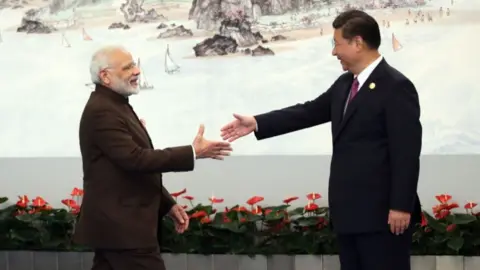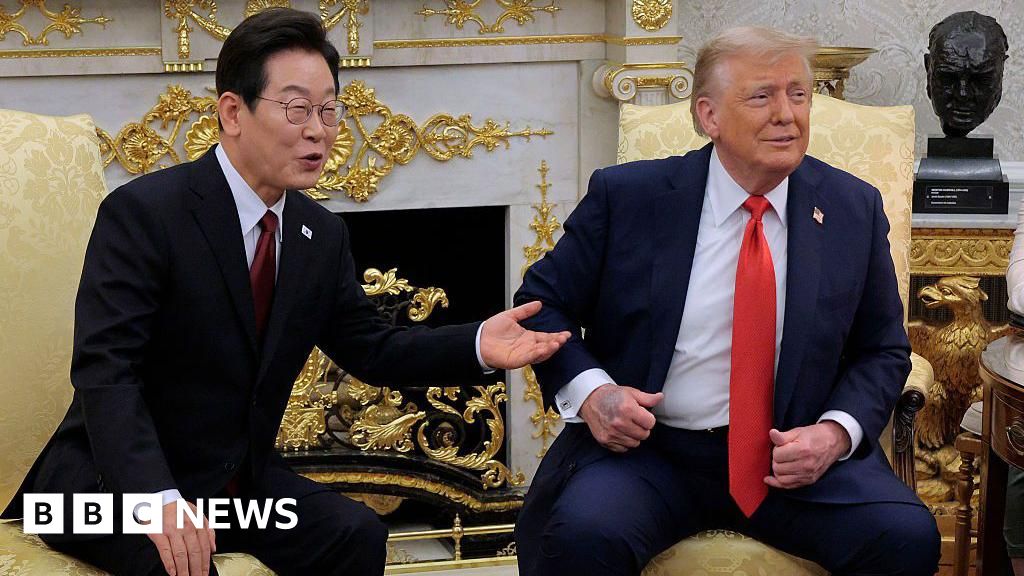Recent archaeological efforts have unveiled a remarkable ancient city in northern Peru, known as Peñico, dated to be 3,500 years old. This site, found in Barranca province, is believed to have served as a vital trading center, facilitating interactions between communities along the Pacific coast and those settled in the Andes and the Amazon region.
Situated approximately 200 kilometers north of Lima at an elevation of about 600 meters (1,970 feet), Peñico is estimated to have been established between 1,800 and 1,500 BC, paralleling the rise of significant early civilizations in the Middle East and Asia. This discovery is crucial for understanding the trajectory of the Caral civilization, known as the oldest in the Americas, which thrived about 5,000 years ago.
Archaeologists have utilized drone footage to reveal an array of circular structures and numerous remnants of stone and mud buildings comprising the site. Extensive research over eight years has led to the unearthing of 18 structures, including ceremonial temples and residential areas. Artifacts recovered from these buildings include ceremonial items, clay sculptures depicting humans and animals, as well as intricate necklaces fashioned from beads and shells.
Peñico's location is notably close to the ancient Caral site in the Supe valley, which is adorned with 32 monumental structures, advanced irrigation techniques, and urban layouts. Dr. Ruth Shady, leading the research at Peñico, emphasized the importance of this discovery in understanding the adaptations of the Caral civilization in response to climate change that impacted their society.
At a news briefing where the findings were shared, Marco Machacuay, a researcher affiliated with the Ministry of Culture, articulated that Peñico serves as a pivotal link in the continuity of Caral society. Peru remains a focal point for significant archaeological discoveries, which include the renowned Inca citadel of Machu Picchu and the enigmatic Nazca Lines etched into the region's deserts.
Situated approximately 200 kilometers north of Lima at an elevation of about 600 meters (1,970 feet), Peñico is estimated to have been established between 1,800 and 1,500 BC, paralleling the rise of significant early civilizations in the Middle East and Asia. This discovery is crucial for understanding the trajectory of the Caral civilization, known as the oldest in the Americas, which thrived about 5,000 years ago.
Archaeologists have utilized drone footage to reveal an array of circular structures and numerous remnants of stone and mud buildings comprising the site. Extensive research over eight years has led to the unearthing of 18 structures, including ceremonial temples and residential areas. Artifacts recovered from these buildings include ceremonial items, clay sculptures depicting humans and animals, as well as intricate necklaces fashioned from beads and shells.
Peñico's location is notably close to the ancient Caral site in the Supe valley, which is adorned with 32 monumental structures, advanced irrigation techniques, and urban layouts. Dr. Ruth Shady, leading the research at Peñico, emphasized the importance of this discovery in understanding the adaptations of the Caral civilization in response to climate change that impacted their society.
At a news briefing where the findings were shared, Marco Machacuay, a researcher affiliated with the Ministry of Culture, articulated that Peñico serves as a pivotal link in the continuity of Caral society. Peru remains a focal point for significant archaeological discoveries, which include the renowned Inca citadel of Machu Picchu and the enigmatic Nazca Lines etched into the region's deserts.



















